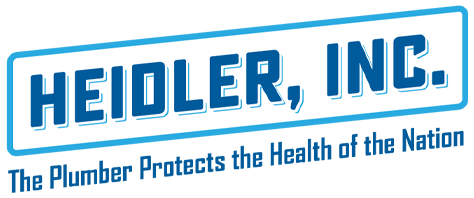Learn All About Boilers with these Comprehensive 6-Part Guide In the last twenty years, conventional boilers have consistently been replaced by energy-efficient condenser boilers. In fact, you won’t find a house built after 1996 in Annapolis, MD that has an old style heating system. Understanding how the new condenser boilers work is not that hard […]

